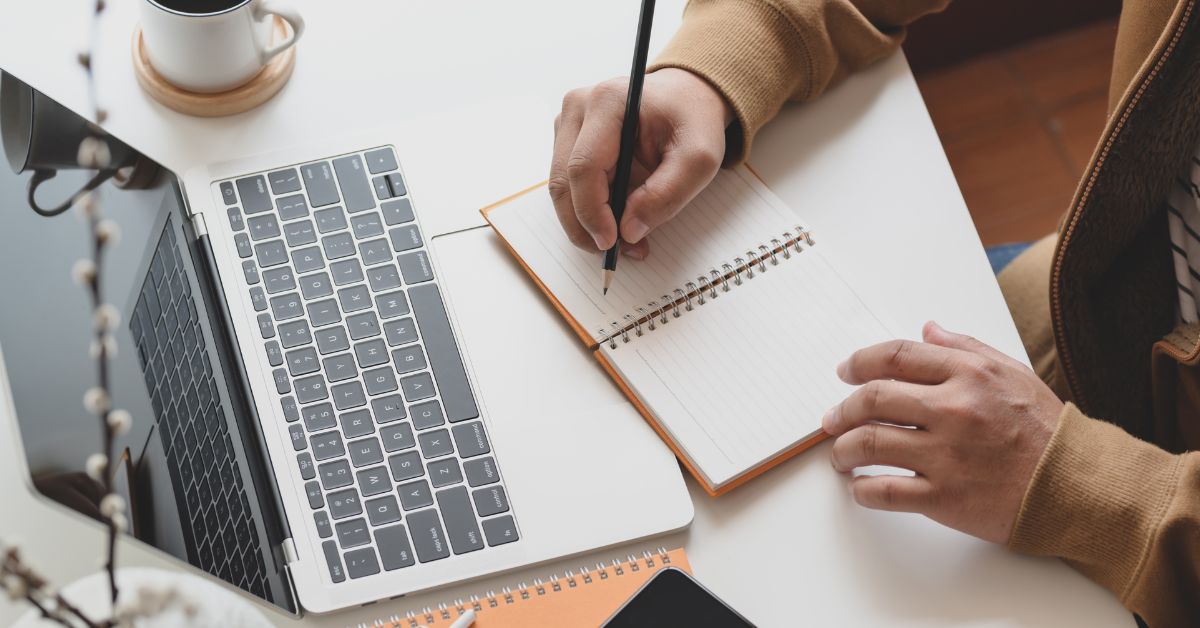
Digital Minimalism: Less Screen, More Life
Outline:
- The Age of Always-On: Why We’re Overstimulated and Underwhelmed
- What Is Digital Minimalism (And What It’s Not)
- The Neuroscience of Screen Addiction
- Reclaiming Attention: The Case for Intentional Technology
- Boundaries, Not Bans: Practical Ways to Digitally Declutter
- The Unexpected Joy of Boredom
- Building a Philosophy of Use, Not Escape
- Creating Space for What Matters Most
- FAQs
The Age of Always-On: Why We’re Overstimulated and Underwhelmed
We are more connected than ever—yet more distracted, anxious, and mentally fatigued than at any point in modern history.
Every day, we tap, swipe, scroll, refresh. The average person touches their phone over 2,600 times a day. Notifications interrupt our focus. Algorithms shape our mood. Screens follow us from morning to midnight.
The result? A life fractured into fragments. Constant stimulation, yet little satisfaction. We consume more content than our minds can digest, but we reflect less, feel less, and remember less.
Digital minimalism doesn’t reject technology—it reclaims it.
What Is Digital Minimalism (And What It’s Not)
Digital minimalism isn’t about tossing your phone into the ocean or deleting every app.
It’s a philosophy of intentional tech use—choosing tools that serve your values and stripping away the ones that don’t.
It asks:
- Is this helping me build the life I want?
- Is this use aligned with meaning—or is it driven by habit or compulsion?
Minimalism in this context doesn’t mean scarcity. It means clarity. It’s about less noise, more signal.
The Neuroscience of Screen Addiction
Why is it so hard to look away?
Our brains are wired to seek novelty, validation, and social reward. Every ping and like triggers a hit of dopamine, the neurochemical of anticipation and pleasure.
Apps exploit this. Infinite scroll. Auto-play. Red badges. These aren’t design accidents—they’re behavioral hooks designed to keep you coming back.
The problem isn’t just time wasted. It’s the mental residue left behind: shorter attention spans, reduced willpower, and a fragmented sense of self.
Digital minimalism, backed by neuroscience, aims to break this cycle and give your mind room to breathe.
Reclaiming Attention: The Case for Intentional Technology
Focus isn’t something we find—it’s something we protect.
Minimalism teaches us to audit our digital landscape:
- What tools are essential?
- Which ones offer high return for your attention?
- Which ones create clutter, stress, or comparison?
For some, this means going “dumb phone” on weekends. For others, it’s batch-checking email twice a day. It might mean replacing Instagram scrolling with a single intentional newsletter or turning off all push notifications for 30 days.
The key isn’t the rule. It’s the reflection.
Boundaries, Not Bans: Practical Ways to Digitally Declutter
Start small. Build boundaries.
- Use app blockers like Freedom, Opal, or Screen Time to create intentional windows.
- Designate phone-free zones—your bedroom, the dinner table, the first hour after waking.
- Delete “junk food apps” for 30 days and reintroduce only those you miss with intention.
- Switch to grayscale mode to reduce the addictive pull of visual stimuli.
- Schedule boredom. Yes, really. More on that next.
Minimalism is not about quitting everything. It’s about becoming the author of your attention again.
The Unexpected Joy of Boredom
We fear boredom. But research shows that unstructured time sparks creativity, emotional processing, and problem-solving.
When you’re bored, your mind isn’t empty—it’s active. It wanders, connects, reflects. This is the birthplace of insight.
Digital minimalism doesn’t leave a vacuum—it makes space for things that matter:
- Daydreaming.
- Unrushed conversations.
- Reading without swiping.
- Sitting still without an agenda.
Boredom isn’t the enemy. It’s the reset button.
Building a Philosophy of Use, Not Escape
Ask yourself: When you reach for your device, are you creating or escaping? Are you connecting—or numbing?
Digital minimalism is less about rigid rules and more about intentional identity.
It’s a quiet rebellion against reactive living. It says: I choose presence over passivity. Depth over distraction. Meaning over motion.
And that shift—from mindless use to mindful design—has the power to change not just your screen time, but your life trajectory.
Creating Space for What Matters Most
We don’t need more apps. We need more awareness.
Minimalism is not deprivation—it’s liberation. It’s a reminder that you are not a product. Your attention is not for sale. Your time is not an open invitation.
By simplifying your digital life, you make room for what’s real:
Purpose. Presence. Peace.
The very things no algorithm can deliver.
Because in the end, the goal isn’t fewer distractions—it’s a fuller life.
FAQs
Does digital minimalism mean I have to quit social media?
Not necessarily. It means using social media intentionally. If it aligns with your values, use it—but with boundaries. If not, consider stepping back or taking a digital sabbatical.
Is this just a trend or is there science behind it?
There’s strong psychological and neurological evidence supporting digital decluttering. It improves focus, reduces anxiety, and enhances cognitive performance and emotional well-being.
How do I start if I feel overwhelmed by my screen habits?
Begin with a 24-hour digital detox or try a “phone-free” hour each day. Start small, observe your patterns, and build from there. Progress, not perfection.